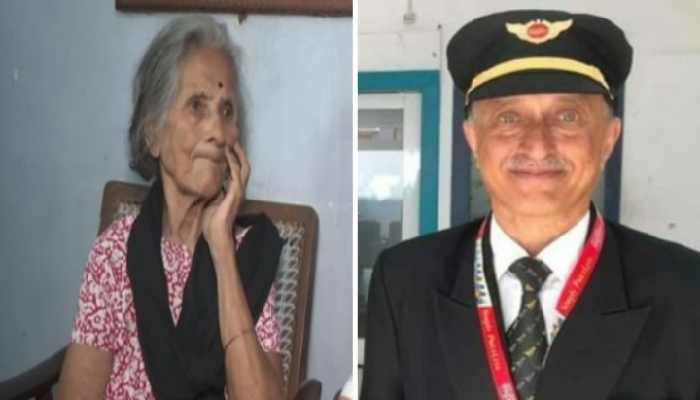New Delhi, Mar 5: The primary classes of all schools in the national capital will remain closed till March 31 to prevent a possibility of spread of coronavirus, Deputy Chief Minister Manish Sisodia announced on Thursday.
According to Directorate of Education (DoE) officials, while elaborate guidelines have been issued about preventive measures for coronavirus, students of nursery and primary classes are too young to understand the risk, making them more prone to infectious diseases.
Sisodia, who also holds the education portfolio, tweeted, "As a precautionary measure to prevent the possibility of spread of COVID-19 amongst our children, Delhi Government has directed the immediate closure of all primary schools (Govt/ aided/ private/MCD/NDMC) till 31/3/20(sic)."
A senior DoE official said, "Elaborate guidelines have already been issued. However, students of nursery and primary classes are too young to understand the risks associated with COVID-19. Thus they are more prone to infectious diseases and mingle around with classmates more often."
"It will be good if they are trained in the do's and dont's under the care and supervision of their parents at home. However, students of classes other than primary will continue to come to schools or examination centres for writing their examination as per schedule. The teaching, as well as non-teaching staff, will also attend regular school," the official said.
As of now, the number of confirmed COVID-19 cases in the country stands at 30, including 16 Italian tourists. The figure includes the first three cases reported from Kerala last month who have already been discharged following recovery.
Alerted by the coronavirus case reported in Delhi-NCR, schools in the region have sent out advisories to parents suggesting that they do not send their wards to attend classes even in case of mild cough or cold, and saying that they may declare holidays if the need arises. A few schools have announced already holidays and others have advanced their spring break.






Comments
Add new comment